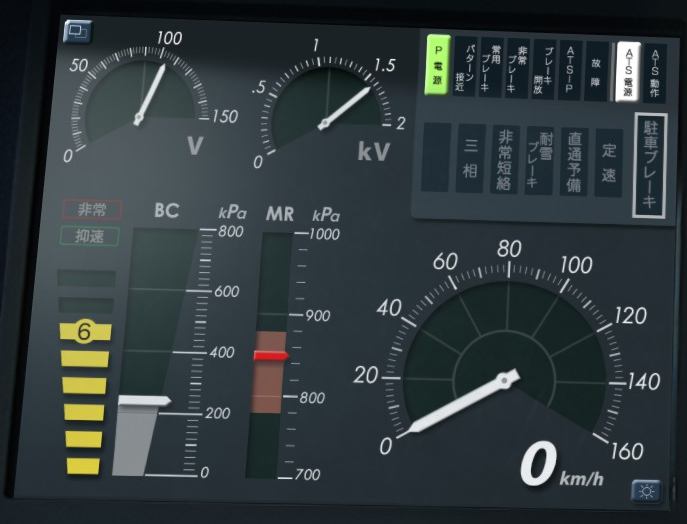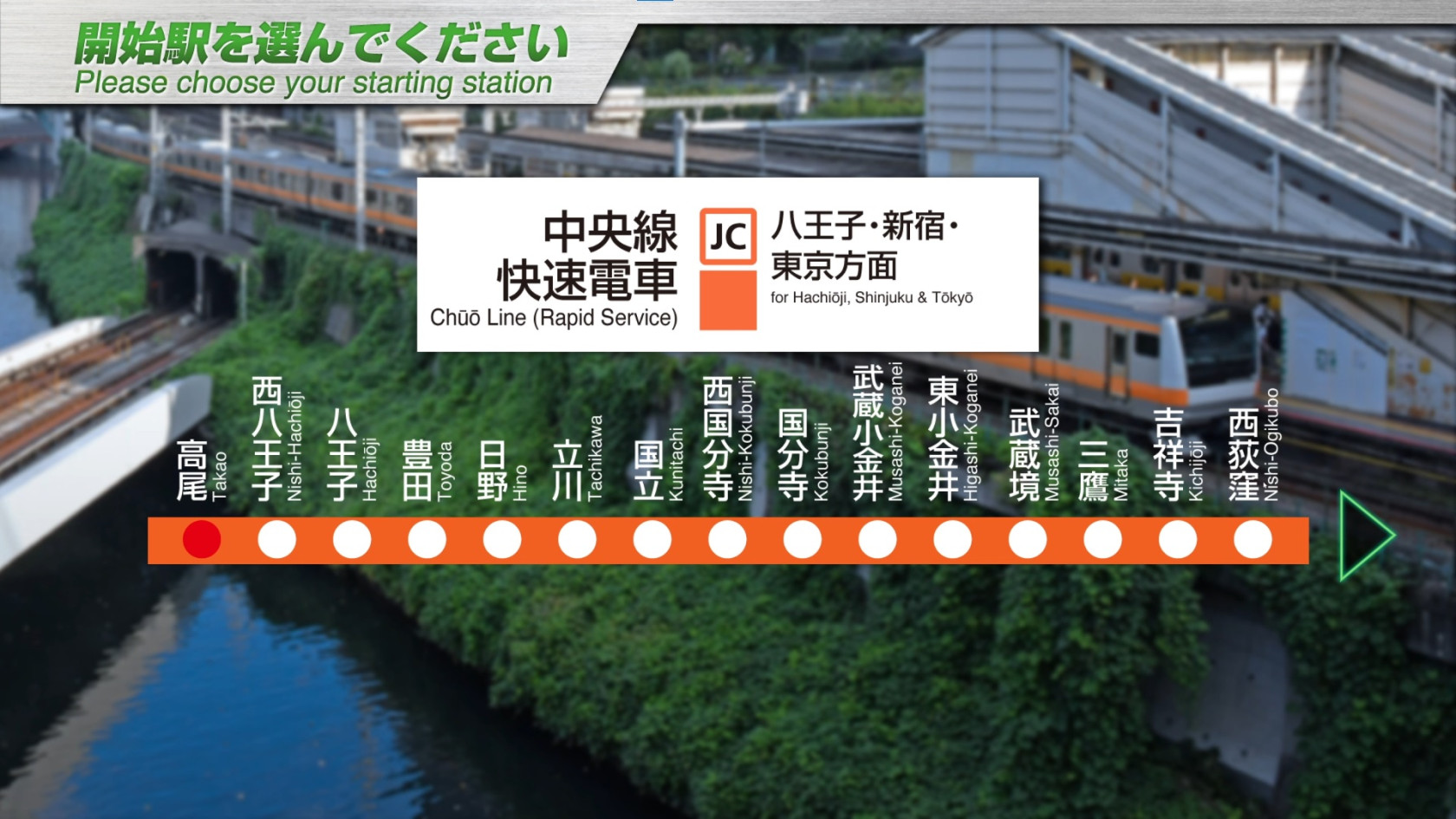Chūō line
Introducing
The Chuo Line Rapid Service one of the major commuter lines in the Tokyo metropolitan area, connecting the Tama area, a bedroom community spreading in the western part of Tokyo, with Shinjuku, the world's largest terminal station, and the office areas of central Tokyo.
The line runs east to west in a straight line for more than 20 km through the center of Tokyo between Tachikawa Station and Nakano Station.
The line between Yotsuya and Ochanomizu Stations is characterized by the fact that the tracks are laid along the remains of the outer moat of Edo Castle, and passengers can enjoy the varied scenery of the outer moat of Edo Castle and the Kanda River.
The first half of the line is a commuter line running through a bedroom town, while the second half runs through the Akihabara Electric Town and the office district of central Tokyo.
Key data
- Line length : 53.1 km
- Number of stations : 24
- Safety system : ATS-P
- Train model : E233-0 series
- Max speed :
- Takao ~ Tokyo : 100 km/h
- Max speed after signals :
- Reduced speed (green/yellow) : 65 km/h
- Caution (yellow) : 45 km/h
- Speed restriction (yellow/yellow) : 25 km/h
- Routes :
- Takao ~ Tokyo (1654T) : "Rapid" - 10 cars - 24 stations - 53.1 km
- Takao ~ Tokyo (916H) : "Special Rapid" - 10 cars - 14 stations - 53.1 km
Don't hesitate to use the cruise control (especially between Tachikawa and Nakano if you're taking the Special Rapid).
Console detail
Apart from the pocket watch and the door-closing indicator in the center of the console, there are 2 displays.
Main screen

The first screen (train technical info) displays electrical voltages and various indicators at the top.
The bottom area contains:
- Brake level and indicators for emergency brake in red (非常) and speed limit in green (抑速)
- Brake cylinder pressure (BC)
- Main air reservoir pressure (MR). Note that if this falls below the red zone (780kPa), the compressor starts up.
- Speed dial.
Here are the translations of the indicators:
|
|
TIMS screen (Train Information Management System)
The second screen containsConsult the tripMON/TIMS/INTEROS information.screen Thepage upperfor partmore showsdetails about the time,TIMS speed and distance between the train and Tokyo station. Below this, the train number is shown.screen.
Movie
Then, in the center, you see a representation of the stations to come. It reads from right to left on this line:
The time and station of departure of the line (Takao/高尾 - 16:15)The current station (or the one just left) and the next 4 stations (2 in the demo), potentially with an arrival time (in minutes - above the line) and a departure time (in minutes - below) (Takao/高尾 - Nishi-Hachiōji/西八王子 - Hachiōji/八王子)Next station with specified arrival/departure time (not present in demo)The station and arrival time at the terminus (not present in the demo)
Finally, at the bottom of the screen are the different cars. The indicator above each car shows whether the doors are open (lit) or not. The cars can take on 2 colors: blue (engines in use) or orange (brakes in use).
Useful links
Wikipedia : https://en.wikipedia.org/wiki/Ch%C5%AB%C5%8D_Main_Line
Driver's guide : https://docs.google.com/spreadsheets/d/15ipf5Csaq6tgzw9Y2Atap77WVuTPDs74pZM4uwsJ3-U/edit#gid=1430578599
Movie of the line : https://www.youtube.com/watch?v=6EK9meiZU8s
Timetables (in japanese):


